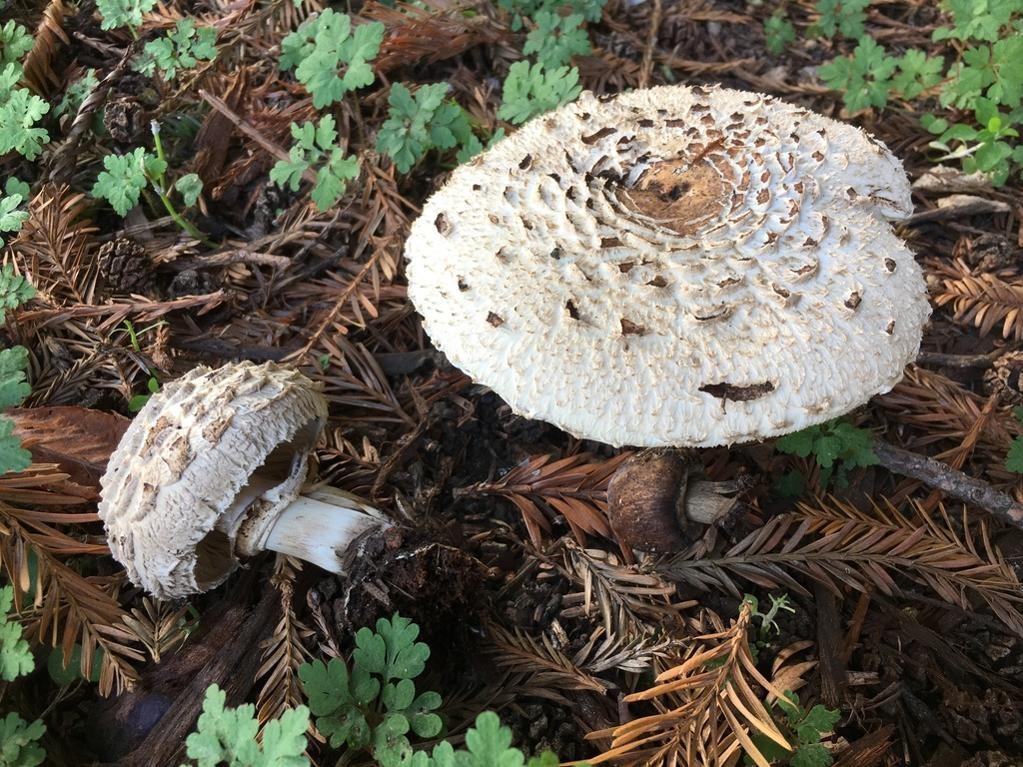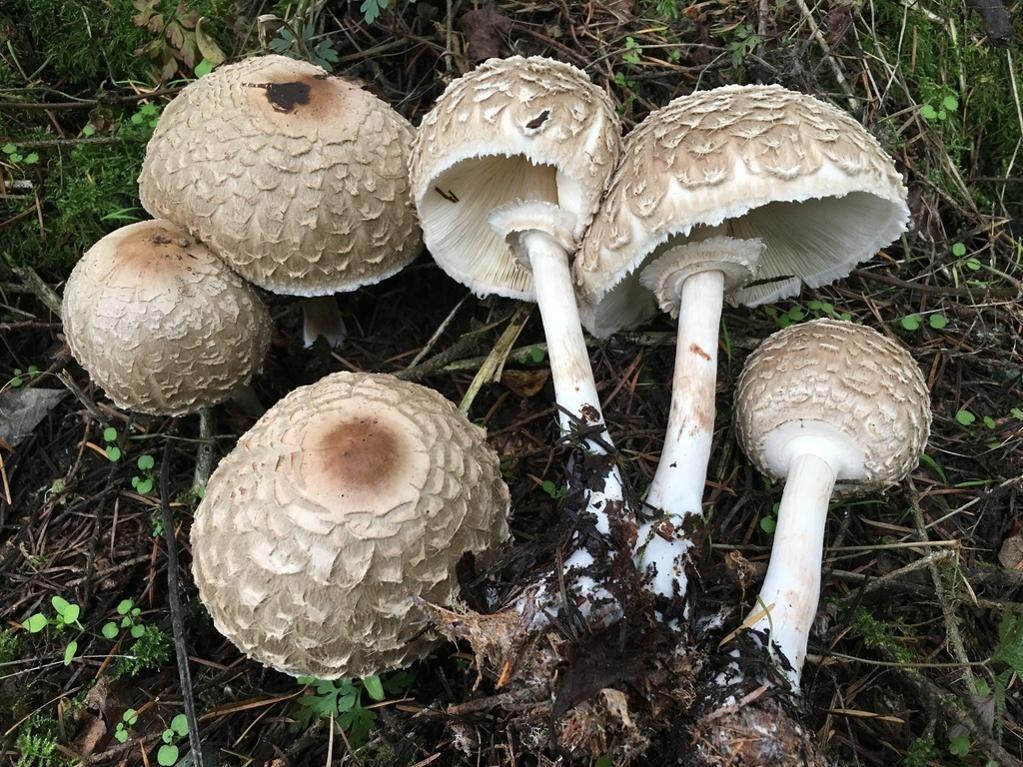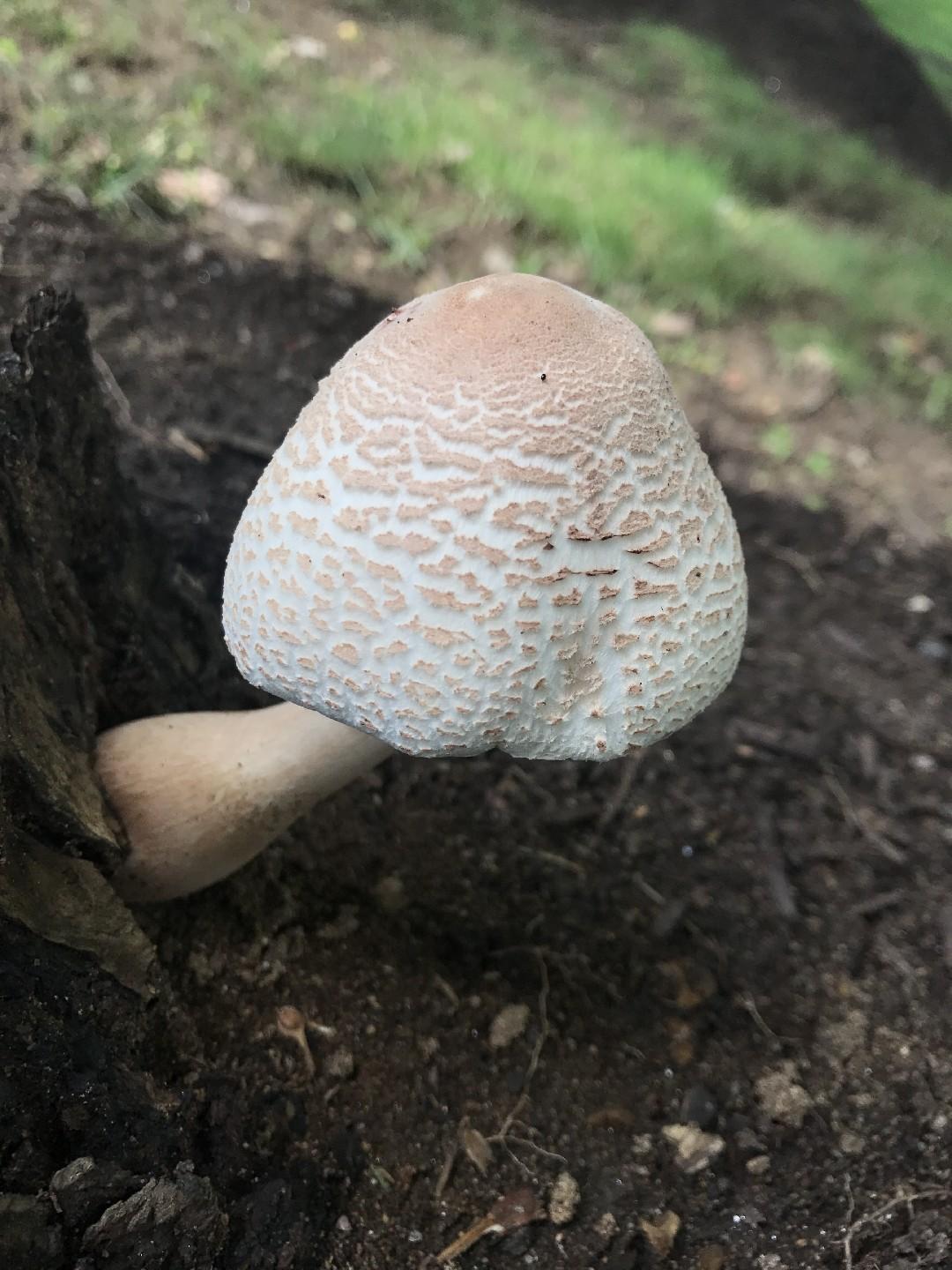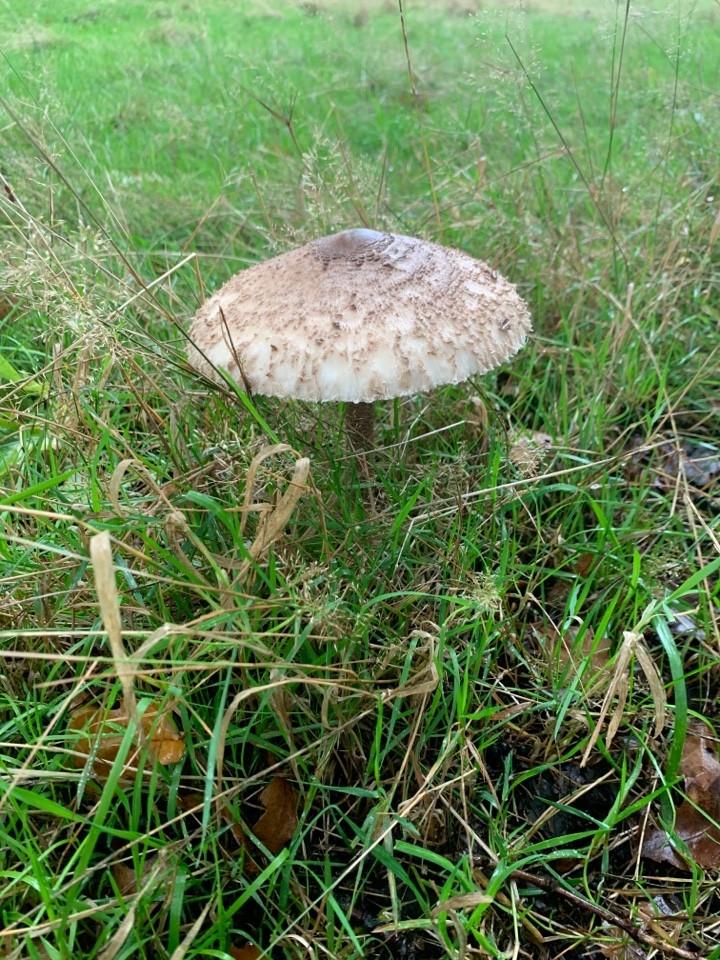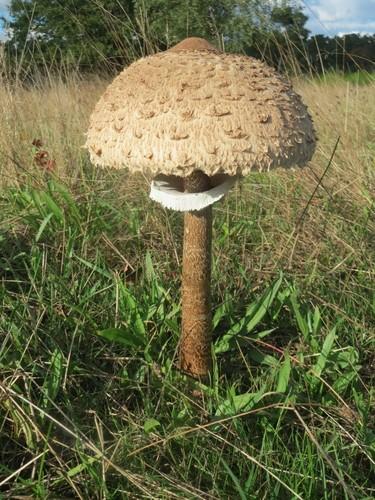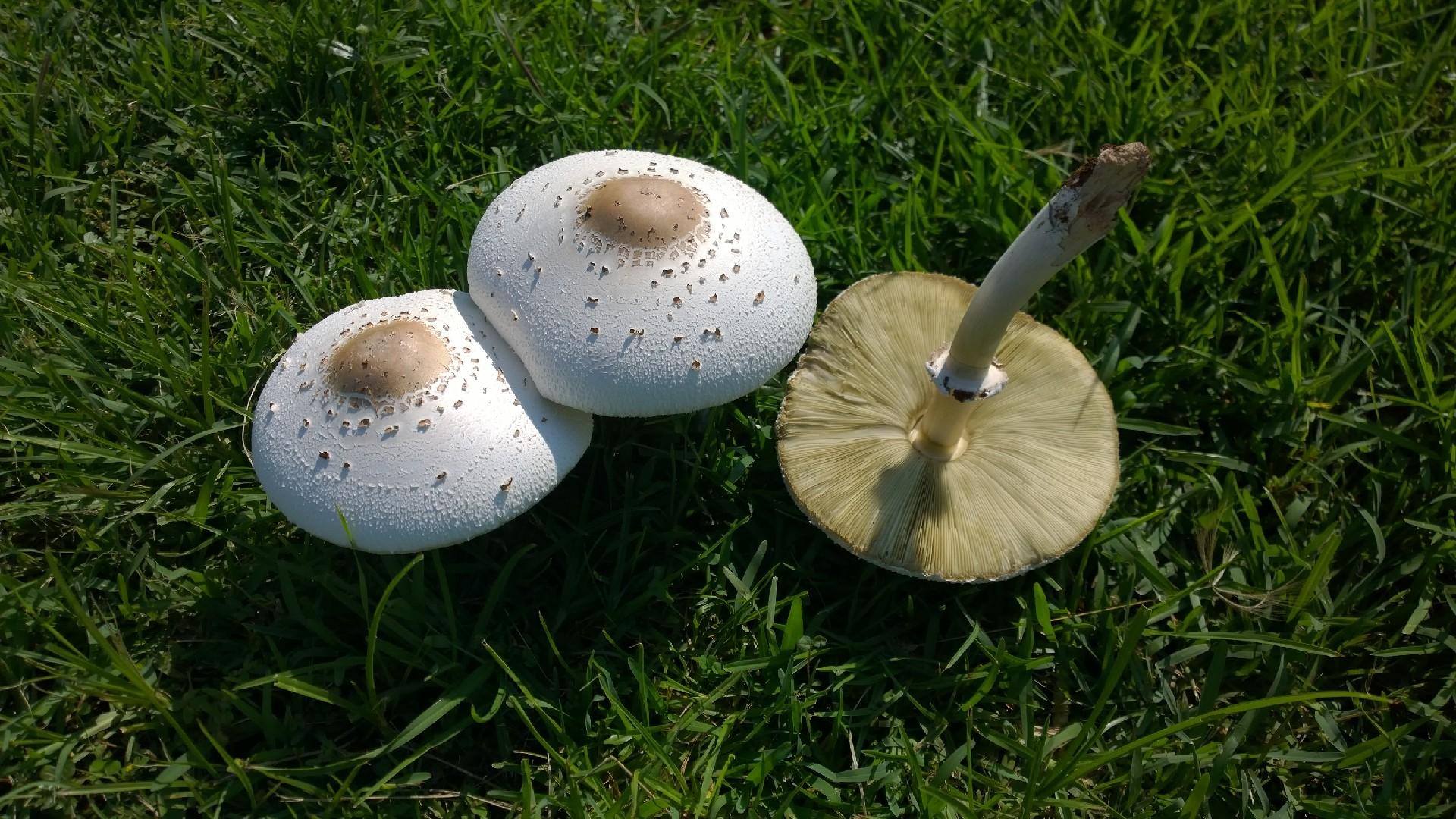

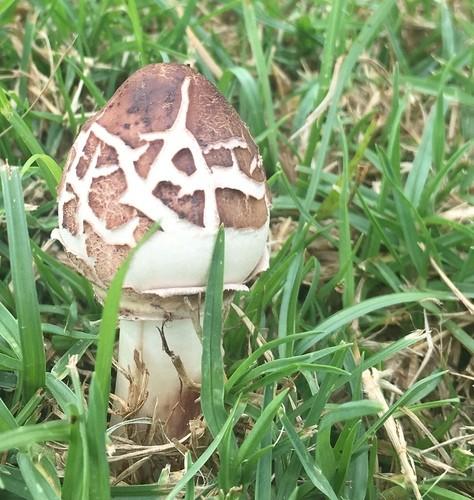
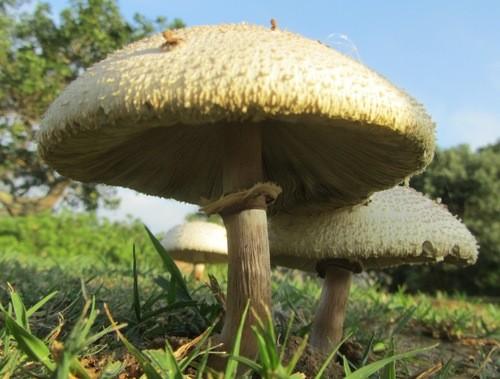
False parasol
Chlorophyllum molybdites
A species of Chlorophyllum. Also known as Vomiter.
While the chlorophyll-gilled parasol mushroom may seem innocuous, it's widely recognized—or, notorious—for its poisonous nature. It bears an unfortunate resemblance to the common edible field mushroom, yet the chlorophyll-gilled parasol can be identified by its distinctively rare green spore print. Despite being inedible, these mushrooms possess an aesthetic appeal. They are often found growing in circular formations in meadows and on forest grounds, arrangements commonly referred to as fairy rings.
Attributes of False parasol
Scientific Classification of False parasol
Toxicity and Edibility of False parasol
Is False parasol Toxic?
The 'false parasol' mushroom commonly thrives in environments that are both warm and damp, particularly during periods of increased rainfall. Ingesting this fungus can lead to severe digestive upset, manifested by symptoms such as vomiting, intense abdominal pain, and significant fluid loss. Its distinctive appearance, characterized by green spores, aids in differentiating it from edible mushroom species.
Is False parasol Toxic to Dogs?
False parasol can be dangerous to dogs. If your pet has consumed this mushroom, seek immediate veterinary attention. Symptoms may vary, but early intervention is crucial for the best outcome.
